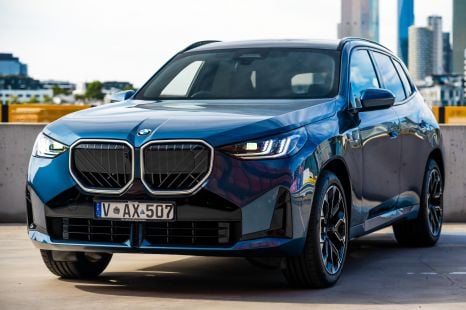

Jack Quick
8.4
6 Days Ago
The return of speed camera warning signs in NSW has forced much of the mobile camera unit fleet off the road as many can't fit them.

News Editor


News Editor
Mobile speed camera vehicles in New South Wales are now required once again to display warning signs, but there’s been a hitch.
Since the New South Wales Government’s announcement in late 2020 it was removing signs from the vehicles and its confirmation late last year it would return them from January 1, 2023, it has added vehicles to its fleet that can’t accommodate them.
News.com.au reports 105 out of the 143 mobile speed camera vehicles won’t fit the warning signs – which cost $2.6 million – and will require retrofitting, which is reportedly not expected to be completed until the end of April.
In a budget estimates hearing on October 26, 2022, Tara McCarthy, the deputy secretary of safety, environment and regulation for Transport for NSW, confirmed 47 of the 143 vehicles – understood to be mostly Nissan X-Trails – couldn’t fit the signs.
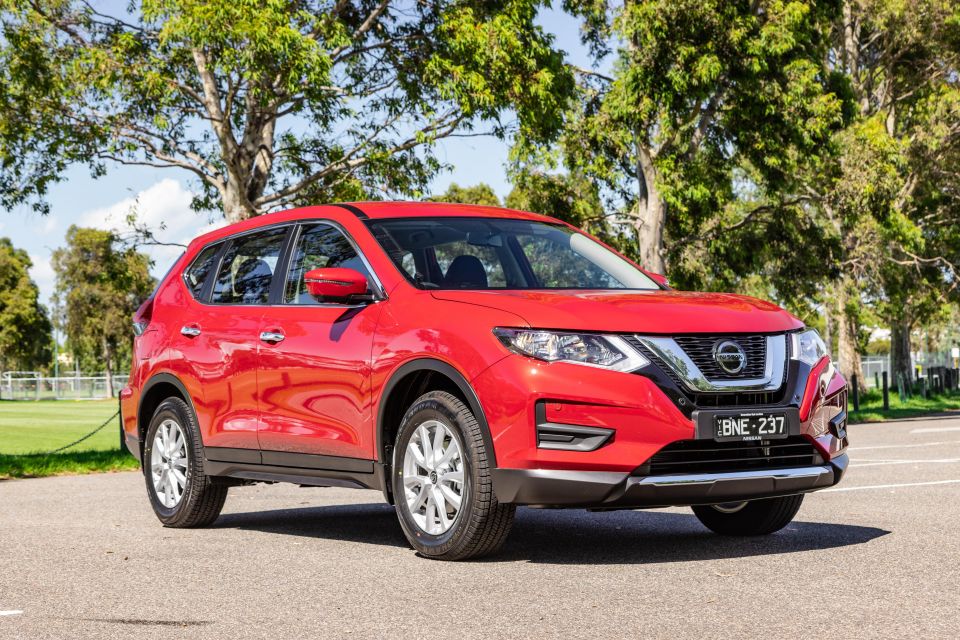
Vehicles are required to display a roof-mounted sign, with additional warning signs placed before and after the vehicle on the ground.
It’s unclear why as many as 105 vehicles are now said to be out of commission. In addition to X-Trails, the fleet of vehicles also includes Hyundai Santa Fe and Subaru Forester crossovers which appear to be able to fit the roof-mounted signs. The MG HS is another vehicle that has been seen in use.
“My understanding is the vendors have changed the fleet,” said Ms McCarthy, when asked why dozens of the mobile speed camera vehicles couldn’t accommodate the signs.
“Some vehicles are smaller than previous fleets and the back of the vehicle is fully taken up with cameras, equipment et cetera.
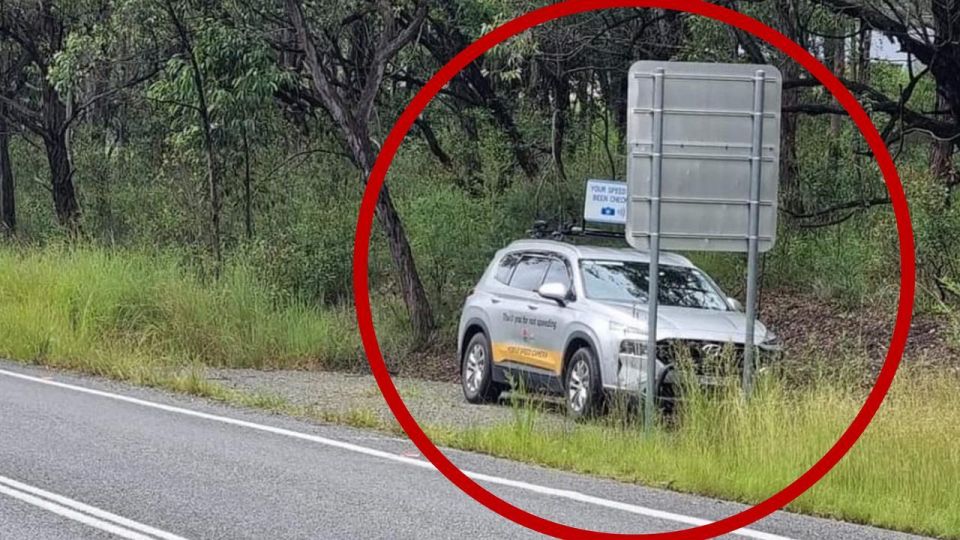
“Those signs that were previously used are quite heavy. They need to be properly mounted and they need to be properly restrained if we’re going to use the same kind of signs.
“The advice from the vendors is that 47 of their vehicles in their updated fleet don’t have the capacity to take those signs or will require significant modification, which includes potentially removing seats.”
Ms McCarthy confirmed at the time Transport for NSW, along with vendors Redflex and Acusensus, was looking at a lighter weight sign that can be folded in half but which would still be robust.
The current retro-reflective signs are raised electronically by the lone operator inside the vehicle. That operator is then required to send a photo of a dashboard light to indicate when they both raise and lower the sign to their operations centre.
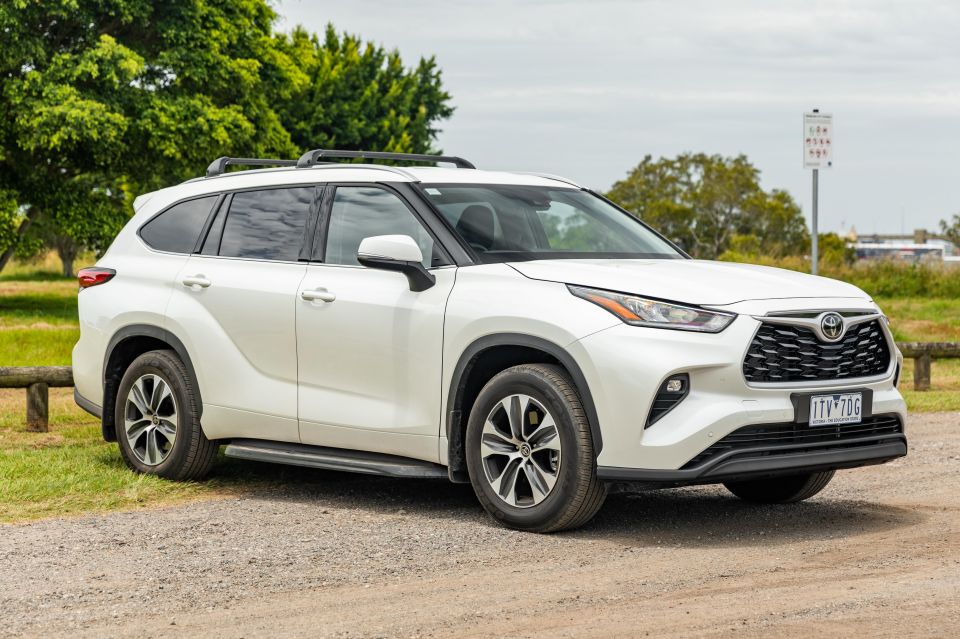
The alternative would involve replacing the vehicles in question. It would be within the current value of the contracts – $91 million for Redflex and $77 million for Acusensus, both over three years – to replace the vehicles, but Transport for NSW says this would impact the vendors’ delivery of operational hours.
Transport for NSW Secretary Rob Sharp confirmed his department was advised of the planned return of the signs “just before” the formal press release went out.
The return of the signs was one of a handful of changes announced last year following criticism of soaring speed camera revenue and vehicles that were hard to spot.
In its revised protocols, speed camera operators now must park 10 to 15 metres from the nearest vehicle, both in front of and behind the camera vehicle.
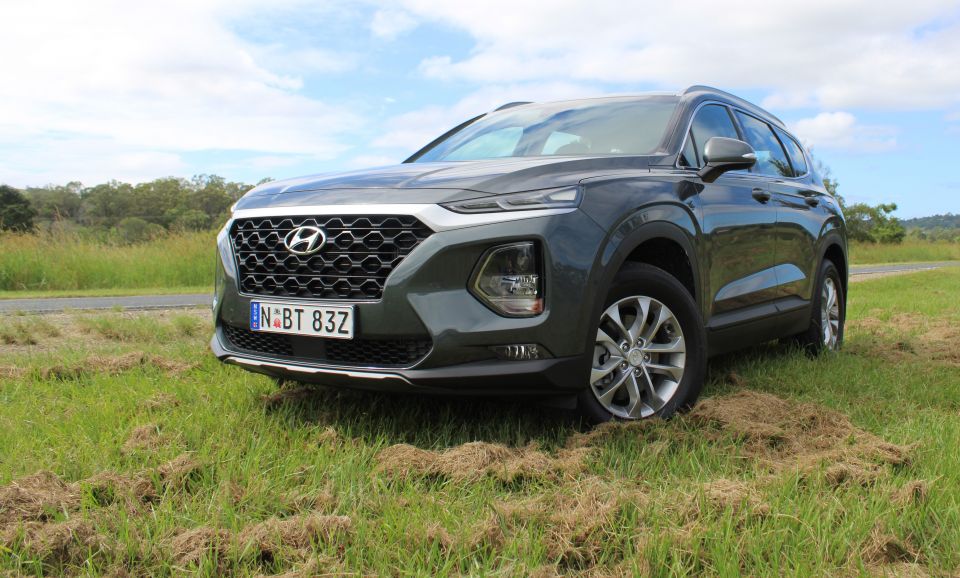
This is to make the speed camera signs more visible, following complaints speed camera vehicles have been parked in rows of cars or obscured by foliage.
Under NSW protocols, speed camera operators must also look for any obscuring foliage or signage and report back to their operations centre to confirm their vehicle is correctly positioned.
“What occurred over a period of time is the community raised concerns about how far ahead they could see those signs and we have responded in an iterative manner to those concerns that were raised,” said Ms McCarthy last year.
“However, at the end of the day, if a person commits an offence, then they have committed an offence.
“They always have the ability to ask for that offence to be reviewed and individual cases will be considered.”
The Government publishes a list of all speed camera locations, and says these have been determined with consideration given to distance from speed limit change and the gradient of the road.
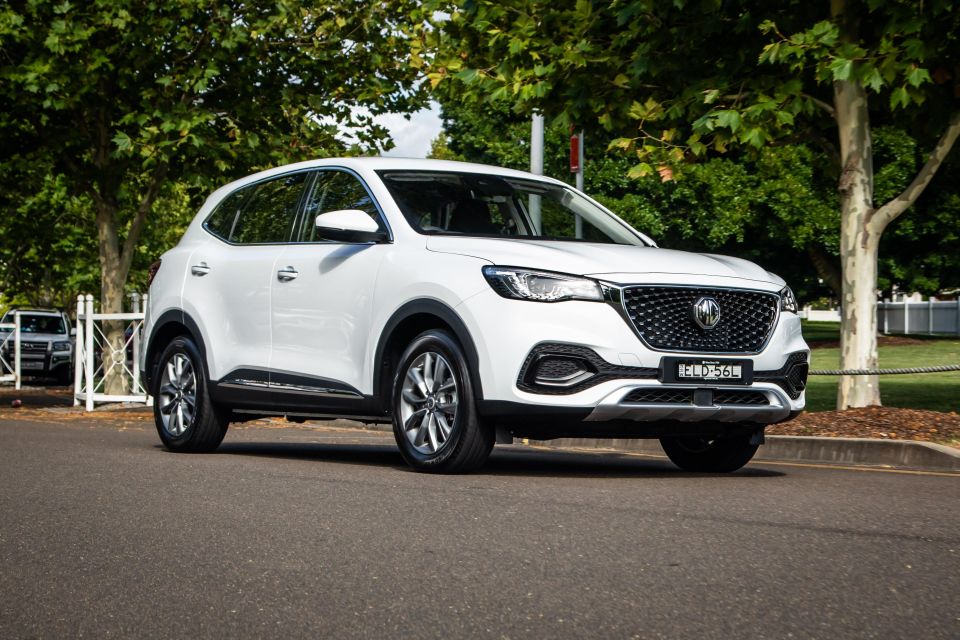
The installation of signs is a partial reversal of a relatively new policy, which has directly impacted the amount of speed camera revenue the State Government has received.
In late 2020, the NSW Government announced it was not only removing warning signs placed 250 metres ahead of cameras, but also reducing the visible livery on its camera vehicles.
Its fleet of 45 mobile speed cameras also had their active time tripled from 7000 hours per month to 21,000 hours.
In the 2019-20 financial year, the NSW Government collected $106.63 million in speed camera revenue, including fixed and mobile cameras.
In the 2020-21 financial year, this almost doubled to $201.4 million, and it increased further to $237.59 million in the 2021-22 financial year.
Much of this bump in revenue can be attributed to fines given to drivers exceeding the speed limit by 10km/h or under.
In FY19/20, this accounted for $43.26 million in revenue, while the following financial year it spiked to $128.66 million.
William Stopford is an automotive journalist based in Brisbane, Australia. William is a Business/Journalism graduate from the Queensland University of Technology who loves to travel, briefly lived in the US, and has a particular interest in the American car industry.


Jack Quick
8.4
6 Days Ago
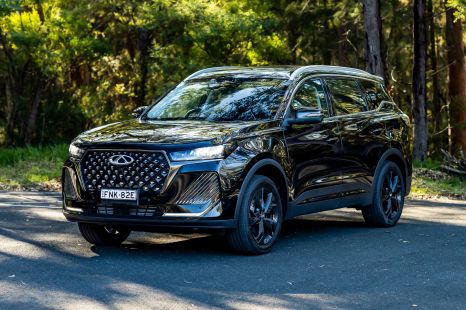

Matt Campbell
8.1
5 Days Ago
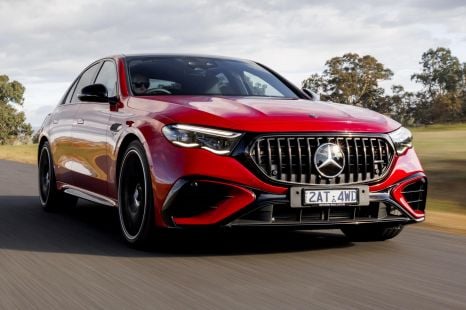

Max Davies
8
4 Days Ago
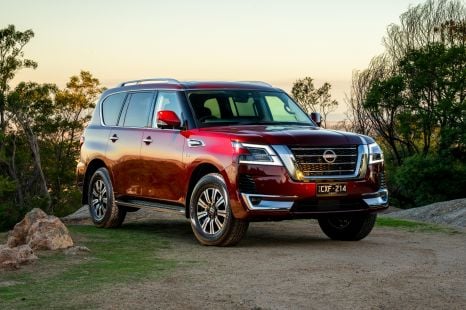

James Wong
8.1
3 Days Ago
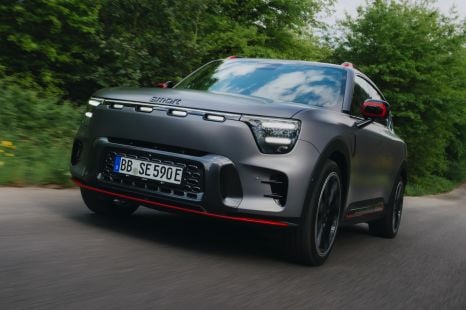

James Fossdyke
2 Days Ago
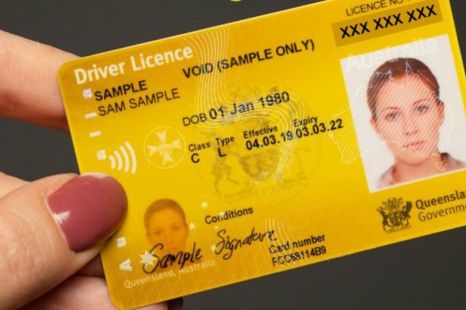

CarExpert.com.au
2 Days Ago